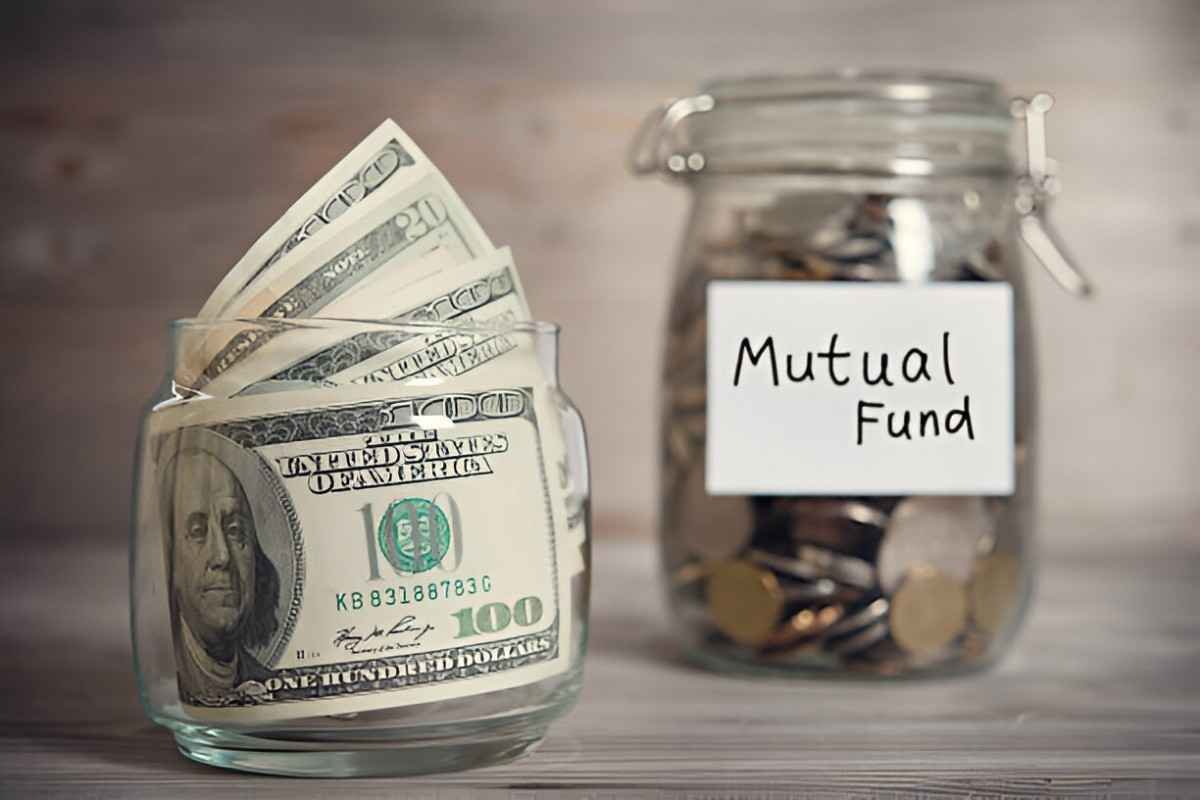If you’ve ever sold shares from a mutual fund, your broker probably sent you a Form 1099-B. This form is how the IRS keeps track of any capital gains or losses you made from that sale. Here’s everything you need to know.
Table of Contents
📄 What Is Form 1099-B?
Form 1099-B is an IRS tax document your brokerage or fund company sends you when you sell or exchange mutual fund shares. It shows:
- How much you sold the fund for
- What your cost basis was (what you paid originally)
- Whether the sale was short-term or long-term
- How much gain or loss you had
- Any withholding, if applicable
The IRS gets a copy too, so don’t ignore it.
🧾 Where Does 1099-B Come From?
Your brokerage or investment platform (like Vanguard, Fidelity, Schwab, etc.) issues the form. You’ll usually get it by mid-February each year for the previous year’s sales.
📊 What Does It Show?
Here’s what you’ll typically see on the form:
| Box | What It Reports |
|---|---|
| Box 1a | Description of the asset (like “ABC Mutual Fund”) |
| Box 1b | Date you acquired the shares |
| Box 1c | Date you sold the shares |
| Box 1d | Proceeds (how much you got from the sale) |
| Box 1e | Cost or other basis (what you paid originally) |
| Box 1g | Adjustments, such as wash sales |
| Box 2 | Whether it’s short-term or long-term |
🧮 How Are Gains or Losses Calculated?
The basic formula is:
\text{Capital Gain or Loss} = \text{Selling Price} - \text{Cost Basis}If you sold shares of a mutual fund for more than you paid, you have a capital gain. Less than you paid? That’s a capital loss.
📅 Short-Term vs Long-Term
- Short-term: Held less than 1 year → taxed as regular income
- Long-term: Held over 1 year → taxed at favorable capital gains rates (usually 15%)
Each sale is tracked separately, so even in a SIP (Systematic Investment Plan), some installments might be long-term, others short-term.
💡 What If I Reinvested Dividends?
If you reinvested dividends (instead of taking cash), that amount becomes part of your cost basis. So when you sell, don’t forget to include reinvested dividends in your total cost. Otherwise, you’ll overpay taxes.
🧾 Where Do I Report It on My Tax Return?
- You’ll report your 1099-B info on Schedule D and Form 8949
- Many tax software platforms (like TurboTax) let you import your 1099-B automatically
🚨 Common Mistakes to Avoid
- Forgetting reinvested dividends – They add to your cost basis.
- Not using the correct holding period – This changes your tax rate.
- Not checking for adjustments – Box 1g sometimes includes stuff like wash sales.
✅ Final Thoughts
If you sold mutual fund shares last year—even just a small amount—you’ll likely get a 1099-B. It’s not something to panic over, but don’t ignore it either. Make sure your cost basis is right, check if it’s short-term or long-term, and plug the numbers into your tax return carefully.





